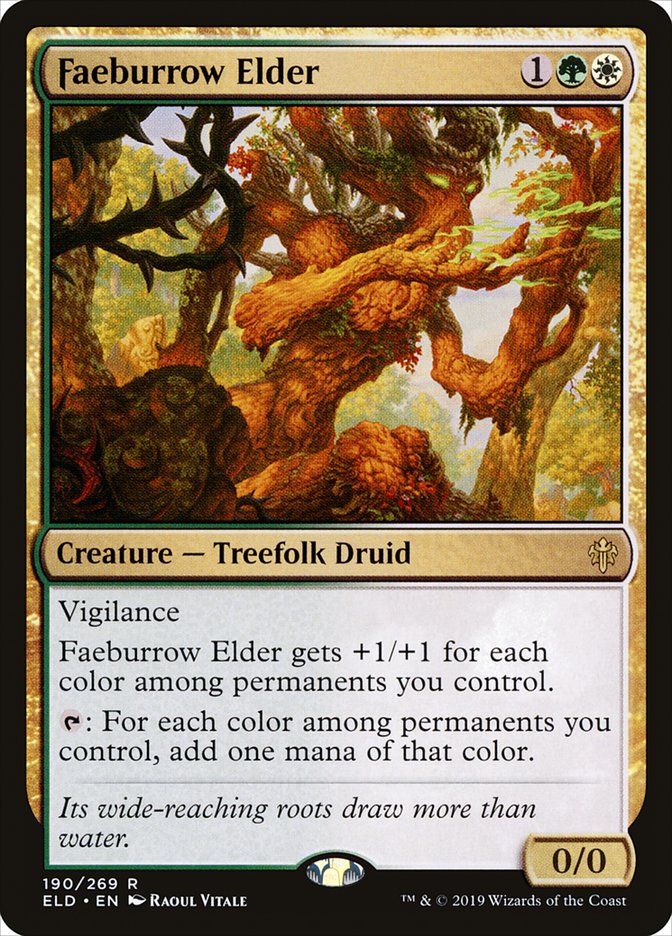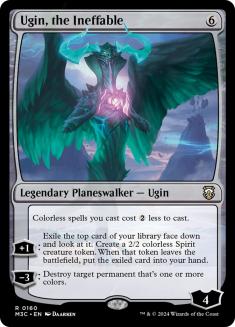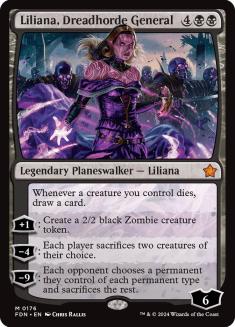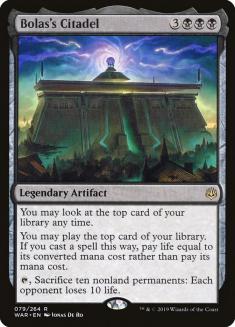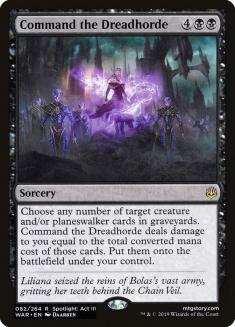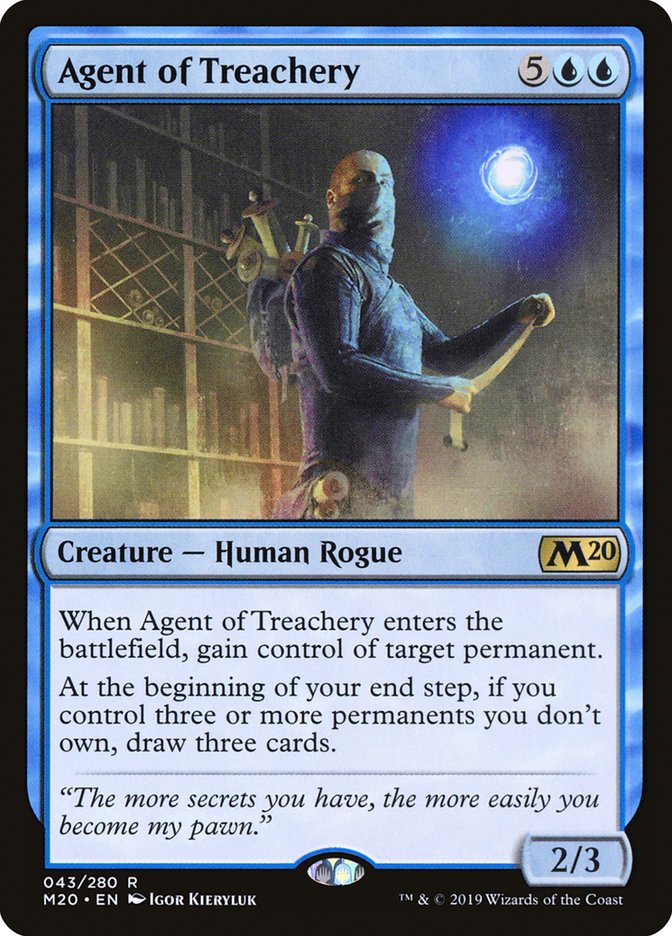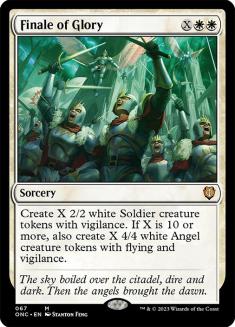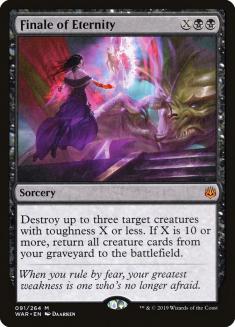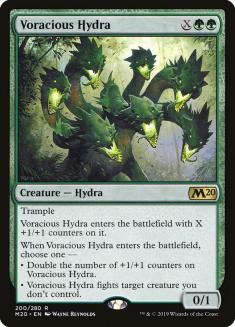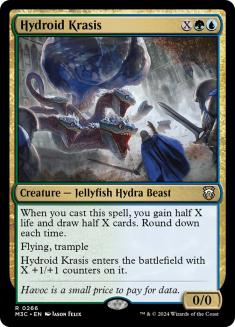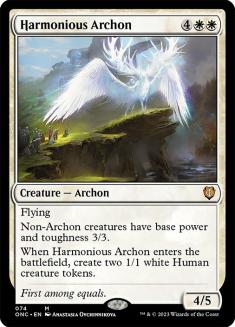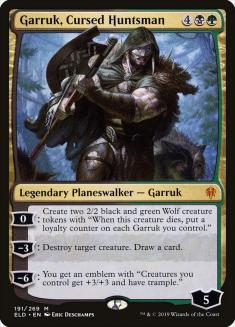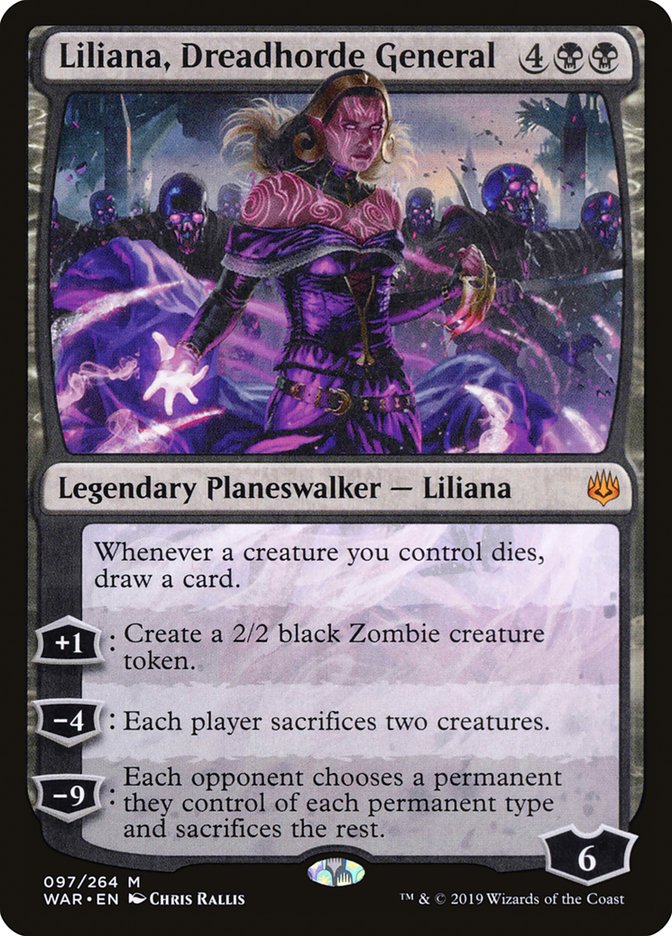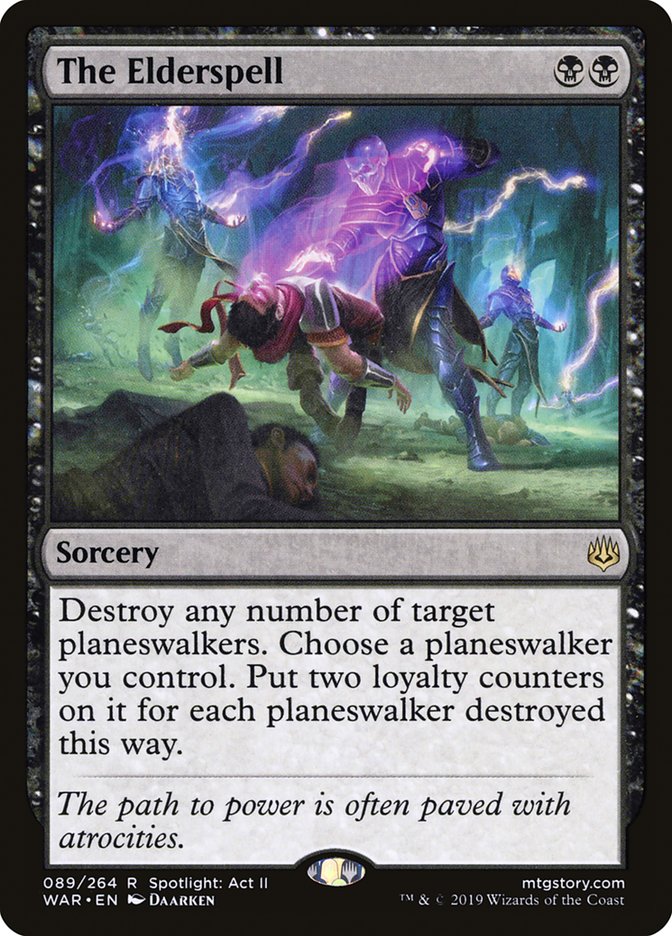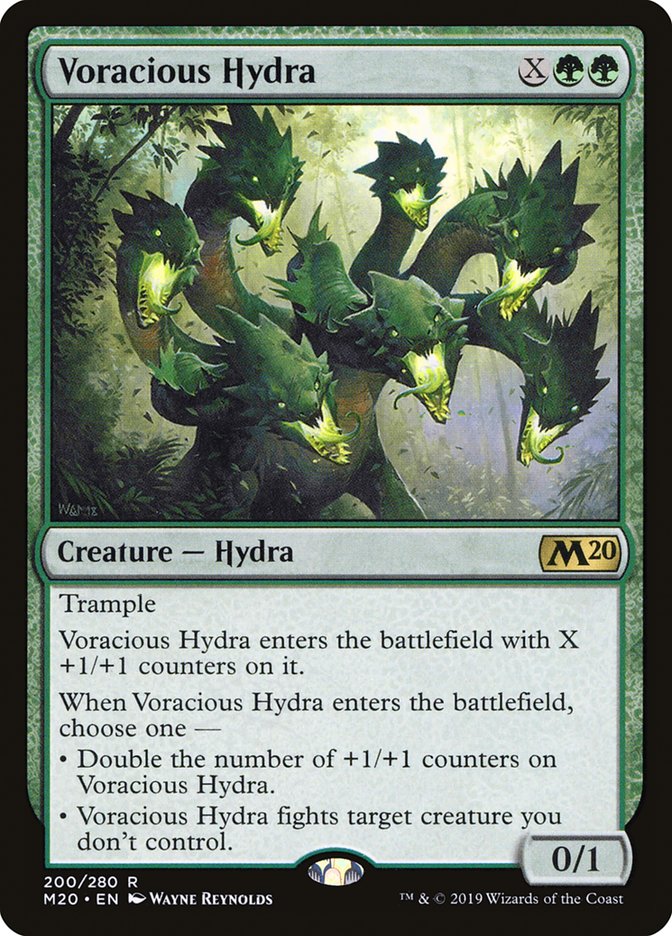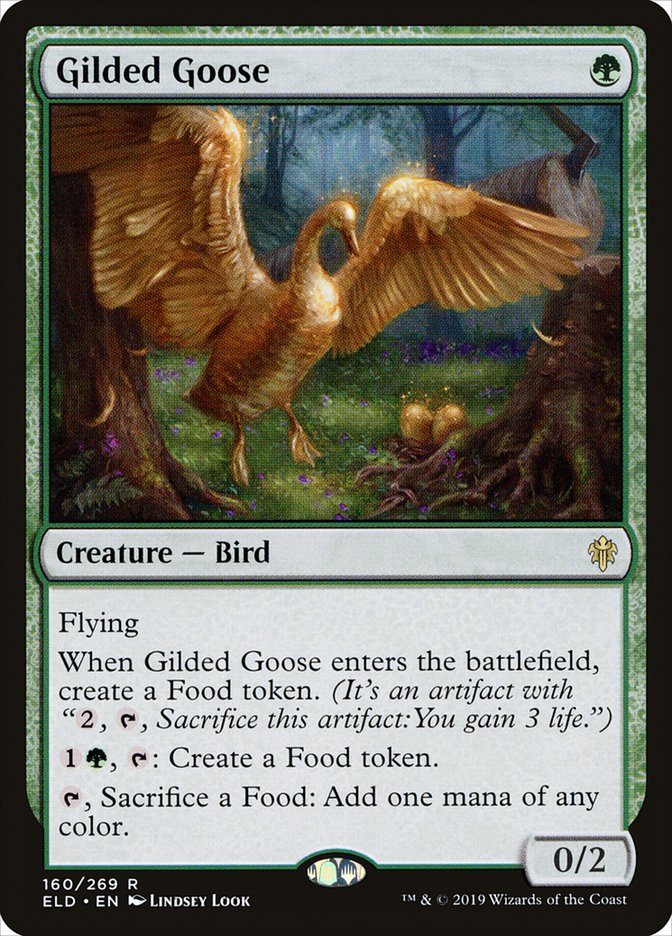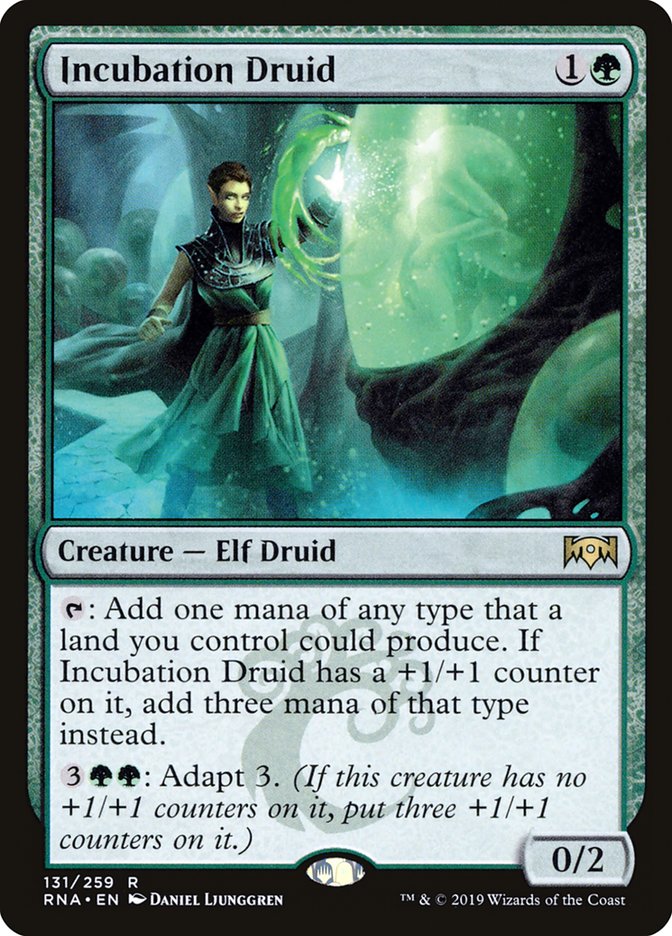One
week ago, @T1Thoughtseize
compared Eldraine to Urza's block. I
disagreed.A week later we aren't quite Saga or
Legacy, but you could convince me Eldraine has hit Destiny levels. pic.twitter.com/HProIRHZ2I—
Ari Lax (@armlx) September
16, 2019
Throne of Eldraine
isn’t messing around. We’re deep into preview season for our newest
expansion and there’s no shortage of wildly powerful cards. With all these
great options to wade through, I’d like to spend today highlighting one
that hasn’t gotten much attention.
Single cards that ramp more than one mana are exceedingly rare, especially
when costed below four mana. So today I’m going to look at how to maximize
Faeburrow Elder, what decks you might expect to see it played in, and the
potential pitfalls that might hold the Treefolk back.
The primary appeal of Faeburrow Elder lies in the ability to jump from
three mana on your third turn to six mana on Turn 4. With this explosive
ramp potential, it’s important to identify the most powerful ways to take
advantage. We live in a format that’s populated with an array of absurd
top-end finishers, and here are the ones most primed to see play that are
reasonable to pair with Faeburrow Elder.
Being the new and flashy thing, Garruk, Cursed Huntsman is the first
six-drop that I want to try with Faeburrow Elder. When you’re paid off for
extra pips of mana being on the battlefield, prioritizing finding
permanents that aren’t green or white is ideal. Abzan is a great shell for
this, as you get premium black interaction from permanents like Oath of
Kaya and Vraska, Golgari Queen. With the incentives already in place to
start with a healthy number of Legendary permanents, Kethis the Hidden Hand
can naturally slide into the deck. While he isn’t going to be as good in
this shell as the Kethis Combo deck we currently see, it still provides
some occasional card advantage and some redundancy in ramping towards your
top end.
Creatures (21)
- 3 Incubation Druid
- 4 Paradise Druid
- 2 Tolsimir, Friend to Wolves
- 3 Kethis, the Hidden Hand
- 3 Murderous Rider
- 2 Questing Beast
- 4 Faeburrow Elder
Planeswalkers (9)
- 2 Vraska, Golgari Queen
- 1 Liliana, Dreadhorde General
- 3 Nissa, Who Shakes the World
- 3 Garruk, Cursed Huntsman
Lands (25)
Spells (5)
Sideboard

The maindeck numbers here are a little sloppy, mostly because of the wealth
of options available. You could eschew some number of two-drop ramp
creatures for Growth-Chamber Guardian to serve as an additional mana sink,
Hero of Precinct One to generate tokens to protect planeswalkers up your
curve, or even opt for more removal. That final option doesn’t seem ideal
though, as instant and sorceries aren’t ideal partners to Kethis and
Faeburrow Elder.
Liliana gets the nod over Ugin as the second large finisher because of the
small synergy with The Elderspell, being a black permanent for Faeburrow
Elder, and the deck needing less planeswalker interaction thanks to
Murderous Rider. The removal spread for a color combination with this many
options is naturally going to evolve as we see the format develop, so
consider the Assassin’s Trophy as a bit of a placeholder spot.
While mana in three color decks is going to be shaky for the next few
months, Abzan fares ok in this regard. Without factoring in Paradise and
Incubation Druid you’re a bit short on black sources, and it’s not
advisable to try and play any double white cards in a shell like this. My
main advice when playing a strategy that can utilize two Temples is to find
the color that is present in both and skew your mana in that direction. In
Abzan, that color is black and it’s the reason I think I can get away with
Murderous Rider and The Elderspell.
The next place to explore with Faeburrow Elder is in Bant. Here it’s
replacing the spot traditionally held by Risen Reef, and by doing so the
deck becomes a bit more of a glass cannon in application, but should you
not be interacted with, there’s a ton of potential for runaway games.
Creatures (22)
- 4 Hydroid Krasis
- 4 Paradise Druid
- 2 Agent of Treachery
- 2 Chulane, Teller of Tales
- 4 Gilded Goose
- 2 Maraleaf Pixie
- 4 Faeburrow Elder
Planeswalkers (12)
Lands (24)
Spells (2)

I will be the first to admit that I may have gone overboard regarding the
number of mana accelerants here, but not without good reason. Oko, Thief of
Crowns feels like it is being underrated, and one mode we take full
advantage of here is the ability to upgrade “dead” mana creatures into
3/3s. This variant also features Brawl general Chulane, Teller of Tales.
Vulnerability to interaction is a big concern here – looking at you, Teferi
bounce – but the payoff is immense. Being able to cycle otherwise
low-impact mana creatures late-game is huge, and when you reach the point
where you can pick up threats like Agent of Treachery or Hydroid Krasis,
the five-drop becomes quite appealing. At that point it may be better to
push that interaction by bolstering the creature count and one way to do
this is by including Voracious Hydra over the Finale of Glory, but I do
like the Finale’s ability to properly end the game instead of prolonging a
value train.
Gilded Goose also makes an appearance for a few reasons. The first is the
twelve powerful three-drops you have the ability to ramp into. One point
already explored is how Oko can generate the food necessary for Goose to
transform into a proper Birds of Paradise, and curving Goose into Faeburrow
Elder gives you the tried and true Turn 3 Nissa, Who Shakes the World. Bant
is also a three-color deck that lacks multiple Temples, so increasing your
count of rainbow fixing is excellent.
The last shell I’d like to share today is probably the craziest, and that’s
dipping into extra colors to hybridize Bant, Abzan, and even a splash of
Grixis.
Creatures (19)
Planeswalkers (13)
- 2 Vraska, Golgari Queen
- 3 Teferi, Time Raveler
- 2 Nicol Bolas, Dragon-God
- 3 Oko, Thief of Crowns
- 3 Garruk, Cursed Huntsman
Lands (25)
Spells (3)
Sideboard

Ok this is probably too much, but if your objective is to jam as much
midrange power as you possibly can into one space, this is a cute way to
start. Beyond fueling the Goose, Oko’s food might just be a needed piece to
stay afloat with all the shockland damage you have to take to facilitate
five colors. Oath of Kaya and Interplanar Beacon also help you keep your
head above water, and Beacon allowing Incubation Druid to tap for all five
colors is just aces.
This type of midrange killing decklist lost most of its viability last
Standard season, but I think this style could be due for a resurgence. With
Nexus of Fate and Kethis combo rotating, and Field of the Dead being
weakened by the loss of Elvish Rejuvenator and a general decrease in
quality of available dual lands, the format might be due for another arms
race amongst fair value strategies.
While this list was inspired by Command the Dreadhorde variants from War of the Spark Standard, I’ve decided to leave the namesake card
at home. Without Wildgrowth Walker the utility of extra Commands is greatly
diminished, as while I believe you can gain the life needed to stabilize
you don’t exactly have the room to be throwing it out anymore. Ultimately
it might be best to cut the red for something like a couple copies of Nissa
in the five-drop slot to ease the burden on the mana, but I like to begin
with the stress tests to see just how far things can be pushed.
While I’ve talked a lot about where Faeburrow Elder can be good, we need to
acknowledge the inherent weaknesses. I understand it’s a meme at this
point, but this three-drop has the “dies to removal” problems and it’s got
it bad. From Teferi bounce, Shock, and Stomp, I believe any piece of
interaction save The Elderspell in Standard will cause Faeburrow Elder to
crumble. Now I think this can be potentially worth it considering the power
of the payoff should you untap, but if Standard finds itself in a place
where interaction is better than goldfishing, Faeburrow Elder could be a
victim of that circumstance.
There’s also the deckbuilding constraint of wanting to limit your spells to
permanents that ideally are not green and white. You certainly will have to
balance your deck with cards that aren’t included in that category, but
every additional inclusion diminishes your Treefolk’s power. When you
combine that with the fact that we have a card that wants to be played with
as many colors as possible in a format that doesn’t have the best fixing,
some potential limiting factors pile up.
Nothing here is immediately disqualifying though, and I’m excited to put
this new spin on Bloom Tender to the test. While fragile, the payoff is
immense and I hope to be playing some midrange finishers well ahead of
schedule in the upcoming months as Throne of Eldraine enters
Standard.


